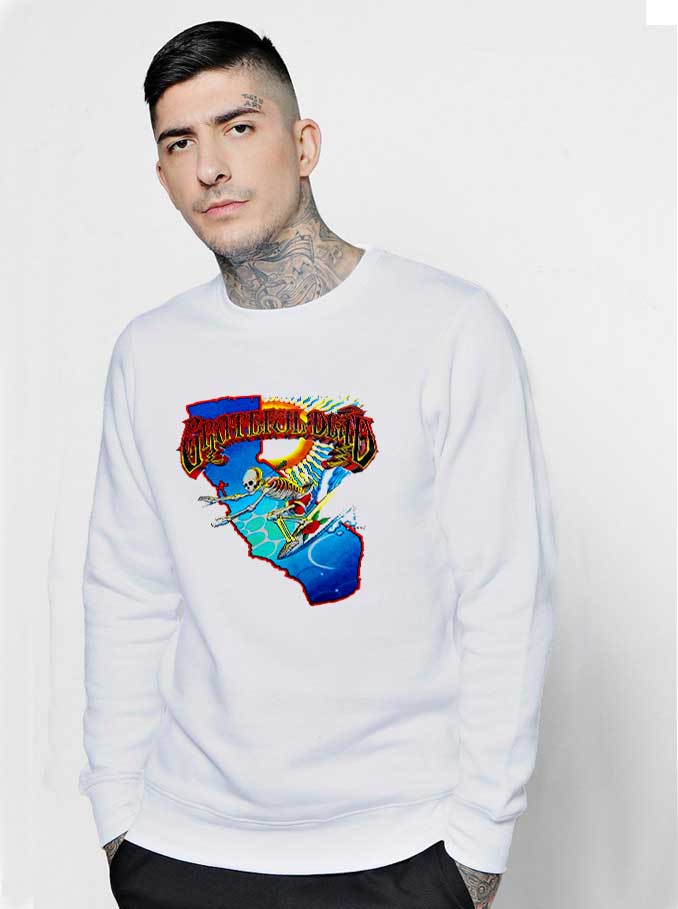The surf zone is place of convergence of multiple waves varieties creating complicated wave patterns. A wave suitable for surfing results from most speeds of 5 meters per second. This velocity is relative as a result of native onshore winds could cause waves to interrupt. In the surf zone, shallow water waves are carried by international winds to the beach and interact with native winds to make surfing waves.
These artificial reefs not only present a surfing location, but additionally dissipate wave vitality and shelter the coastline from erosion. Ships similar to Seli 1 that have by chance stranded on sandy bottoms, can create sandbanks that give rise to good waves. In 1907, the eclectic interests of the land baron Henry E. Huntington introduced the traditional artwork of surfing to the California coast. While on vacation, Huntington had seen Hawaiian boys surfing the island waves.
When https://www.bonestudio.net/wp-content/uploads/2020/06/Grateful-Dead-Surfing-Skeleton-Vintage-1986-Band-T-Shirt-sg-510x510.jpg he reduce them in half to make them more manageable, he created the unique "Long board", which made him the talk of the islands. To the delight of visitors, Freeth exhibited his surfing expertise twice a day in entrance of the Hotel Redondo.
Looking for a way to entice visitors to the world of Redondo Beach, the place he had closely invested in real property, he employed a younger Hawaiian to experience surfboards. George Freeth determined to revive the art of surfing, but had little success with the massive 500 cm (16 ft) hardwood boards that had been popular at that time.
Many in style surfing locations have surf schools and surf camps that supply classes. Surf camps for newbies and intermediates are multi-day classes that concentrate on surfing fundamentals. They are designed to take new surfers and help them become proficient riders. All-inclusive surf camps provide in a single day accommodations, meals, lessons and surfboards. Most surf classes begin with instruction and a security briefing on land, followed by instructors helping students into waves on longboards or "softboards".
New and inexperienced surfers usually learn to catch waves on softboards around the 210 to 240 cm (7 to eight ft) funboard size. Due to the softness of the surfboard the prospect of getting injured is considerably minimized. The worth of excellent surf in attracting surf tourism has prompted the development of artificial reefs and sand bars. Artificial surfing reefs can be constructed with sturdy sandbags or concrete, and resemble a submerged breakwater.
The softboard is considered the best surfboard for learning, due to the fact it's safer, and has extra paddling speed and stability than shorter boards. Funboards are also a well-liked form for newbies as they mix the amount and stability of the longboard with the manageable size of a smaller surfboard.

Typical surfing instruction is finest performed one-on-one, but can be accomplished in a gaggle setting. The hottest surf places supply excellent surfing circumstances for beginners, as well as challenging breaks for advanced students. The perfect conditions for learning could be small waves that crumble and break softly, versus the steep, quick-peeling waves desired by more skilled surfers.